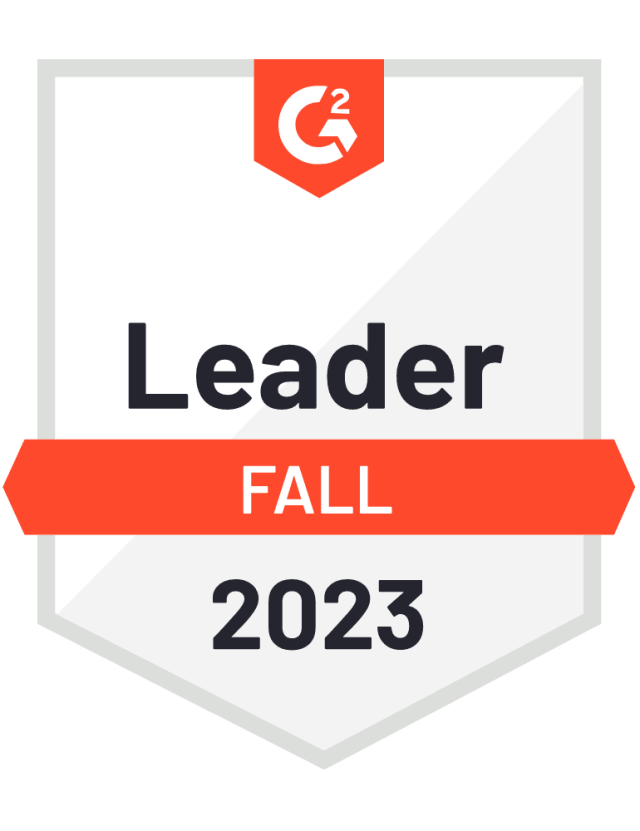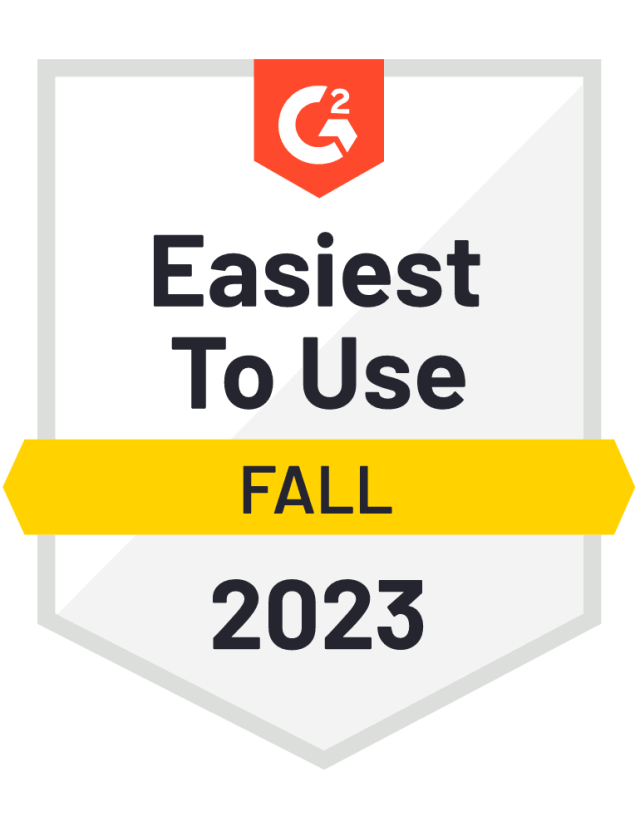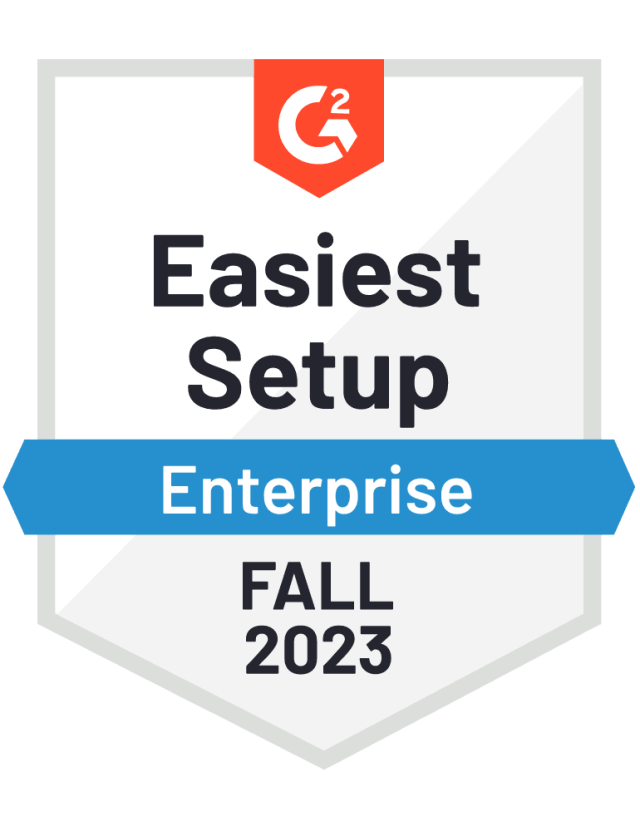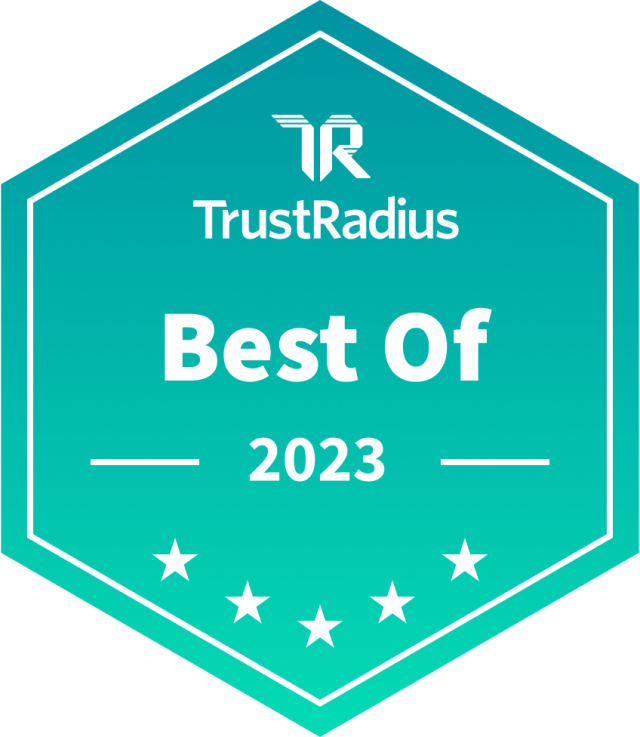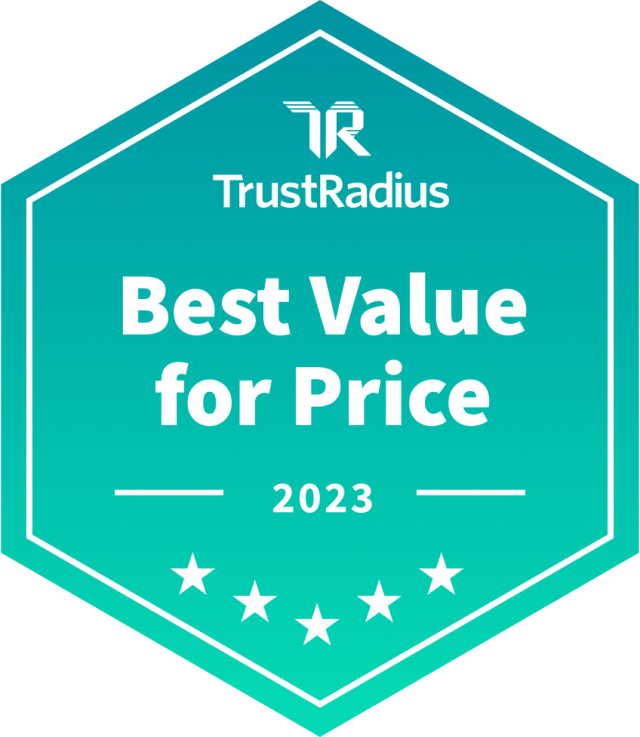One of the biggest advantages of Facebook advertising is the ability to identify and target a highly specific audience. But while the possibility is there, many marketers are still struggling to reach the right user group that would convert. If you're one of them, read on to find out how to connect with your target audience and turn them into customers.
Marketers are increasing their spend on Facebook advertising. In the Q4 2017 Earnings report, the platform revealed that their ad revenue increased by 48% year-to-year, which shows that businesses are actively tapping into Facebook's massive community of 2.2B users.
However, bigger ad spend is not everything. If your ads, no matter how frequent or what quality they are, don't get in front of the right audience, your budget goes to waste.
To make the most of your Facebook investments and maximize conversions, you need to be able to identify and reach your audience. Here's how you can do it:
Learning about your target audience will help you reach it
Getting to know your target audience is the key to reaching it. That's because the better you know your followers, the more tailored content you can create, and the higher the chance your ads will resonate.
Keep in mind that reaching your target audience should be about more than just delivering content to a maximum number of users. To make the most of your Facebook marketing efforts, you should aim to grab your followers' attention and get them to convert.
And to achieve that, you need to define your audience personas.
Know your audience personas to improve conversions
In the past, marketers would try to reach their audience based on demographics and location. While these parameters are a good starting point for your ad targeting, they surely aren't sufficient to drive the results today.
Today, savvy marketers should conduct a cross-channel audience analysis centered around interests and behaviors to understand their audience personas. Why?
Learning about your audience will allow you to find out what type of content formats and topics are more likely to resonate with your followers and drive them towards conversion.
Publishing ads irrelevant to your audience comes at a price. Facebook ads that aren't tailored to the right audience achieve low relevance score and are more expensive.
Today's consumers don't want to see irrelevant ads, which is reflected in the exploding popularity of ad blockers. They also expect more personalized experiences from brands, with over 30% of users preferring individualized ads.
The importance of identifying audience personas is still overlooked by many businesses. In fact, as much as 27% of marketers never do customer research, which means analyzing your audience data and using it to fuel your Facebook advertising strategy can give you an upper hand.
As you can see, analyzing your audience's interests and behaviors is the key to crafting personalized content and optimizing your Facebook ad costs. Here's what else you should look at when mapping out your personas:
Their social media activity
The stage of the customer journey they are in
The influencers they follow
Their page affinities
If you're wondering where you can get all this information from, the answer is data. Because your audience is present in multiple places online, identifying your personas should be based on cross-channel data stretching from social media platforms to web.
Learn how you can define your digital audience personas and why they're essential for your business!
Now, how exactly do you reach your target audience on Facebook?
How to reach your target audience on Facebook
After you find out whom you should reach on Facebook, you probably start wondering how to get your content in front of the right audience.
There's a number of ways you can do it - both for ads and content.
Reaching your audience with Facebook ads
If you're running Facebook ads, you can reach your target audience using Facebook's advanced targeting options. These will help you to segment your followers and make sure your content is delivered to the users most likely to convert.
Here are the options you can use to group your audience into specific niches:
Location - chances are, there's at least one region where you'd like to display your Facebook ads. Using geo-targeting will help you to single out users based on that region, country, or city, which is a great first step to narrowing down your target audience.
Demographics - your products or services are designed with a certain customer in mind. Demographics-based ad targeting allows you to reach users similar to your customers, which increases the chance of conversion.
Interests & behaviors - these variables are especially important today when 71% of consumers prefer personalized social media ads. In addition, ads tailored to users' interests achieve nearly 2x higher Click-through-rate compared to the non-personalized ads, which is why interest and behavior-based targeting is so important.
Here's a breakdown of all the interests and behavior types you can use for targeting:
Interests: business & industry, entertainment, family & relationships, fitness & wellness, food & drink, hobbies & activities, shopping & fashion, sports & outdoors, technology
Behaviors: automotive, business-to-business, charitable donations, digital activities, expats, financial, job role, media, mobile device user, purchase behavior (e.g., business purchases or subscription services), travel, residential profiles, seasonal & events
Custom audiences - you can use Facebook custom audiences to retarget users based on their email, phone number, and Facebook ID or website, app, and content activity. We cover it in more detail below.
Lookalike audiences - lookalike audiences are created by Facebook based on the characteristics of your current audience, including demographics, interests, and behaviors. Building lookalike audiences that convert can be much easier if you have clearly defined, data-based audience personas.
TIP: The right targeting can improve your Facebook relevance score, which can decrease your overall advertising cost. That's why it's important to invest time into running audience analysis and fine-tuning your targeting strategy - it will save you money in the long run!
Reaching your audience by creating valuable Facebook content
It's likely that you're doing much more on Facebook than targeted ad campaigns. Outside of running Facebook ads, reaching your target audience largely depends on your content's relevance and potential to spark meaningful conversations.
That's why it's crucial that you put audience analysis at the heart of your content marketing efforts. Getting to know your followers will enable you to identify topics they care about, join the conversation, and become an authority on the subject. As a result, your content will be effective in bringing tangible results.
Aside from creating valuable content, here are other ways you can reach your audience on Facebook:
Influencers: if you know which influencer might resonate with your target audience, you can partner up with that person and use their platform to reach the right user segments.
Facebook groups: setting up a group for your Facebook page enables you to build an engaged community around your business, feed them with relevant content, and drive conversations.
Facebook events: create an event related to your target audience's interests, such as a webinar, which will help you gather users you want to appeal to in one place.
Now that you know how to reach your Facebook audience, how do you convert them?
How to drive your target audience towards conversion
Nurturing your audience towards conversion, with Facebook ads or other content, should always center around the stage of customer journey your followers are at.
Why?
Purchase intent is very different for each user. Someone who just discovered your Facebook page is at a different conversion stage than someone who engaged with your content and has visited your online store multiple times.
In practice, this means that some users will have to consume more content (for example educational guides) before they hit the "Buy" button. Others will be ready to buy after seeing one appealing ad offering them an incentive.
That's exactly why you need to consider buyer's journey when crafting your Facebook content. Here's how you can do it:

TIP: High-quality ads are the key to nurturing your target audience down the marketing funnel. Make sure you're always using high-resolution, appealing visuals that match the platform's specifications.
Another tactic you can use to drive conversions is retargeting. For that, you can leverage the Facebook Pixel - a small snippet of HTML code that enables you to track users who visited your website.
With the help of the Facebook Pixel, you can clearly separate your Facebook audiences into those who engaged with particular campaigns or topics. How?
Imagine you publish a link to your product page on your Facebook page. Adding Facebook Pixel to your blog's URL will allow you to retarget users who visited that section of your website with the middle and bottom of the funnel ads (depending on your business objectives).
It's also a good idea to take advantage of Facebook's conversion ad objectives. They include conversions such as visiting your website, app downloads, selling products from your catalog, and visiting your brick-and-mortar stores.
These ads will enable you to maximize your conversion volume - just make sure you launch them at the right stage of your followers' customer journey!
The takeaway
Reaching and converting your target audience on Facebook starts with getting to know your followers. The data collected from a cross-channel audience analysis should be a signpost showing the most effective way of appealing to your community. Once you understand your audience, you'll be able to take full advantage of Facebook's targeting options and conversion-related ad objectives. As a result, your Facebook advertising strategy will be more successful in bringing in the results you need!
The value of audience analysis doesn't stop at Facebook advertising. Find out how knowing your audience can improve your overall content marketing activities!
Editor's Note: This article was originally published on socialbakers.com. Any statistics or statements included in this article were current at the time of original publication.











